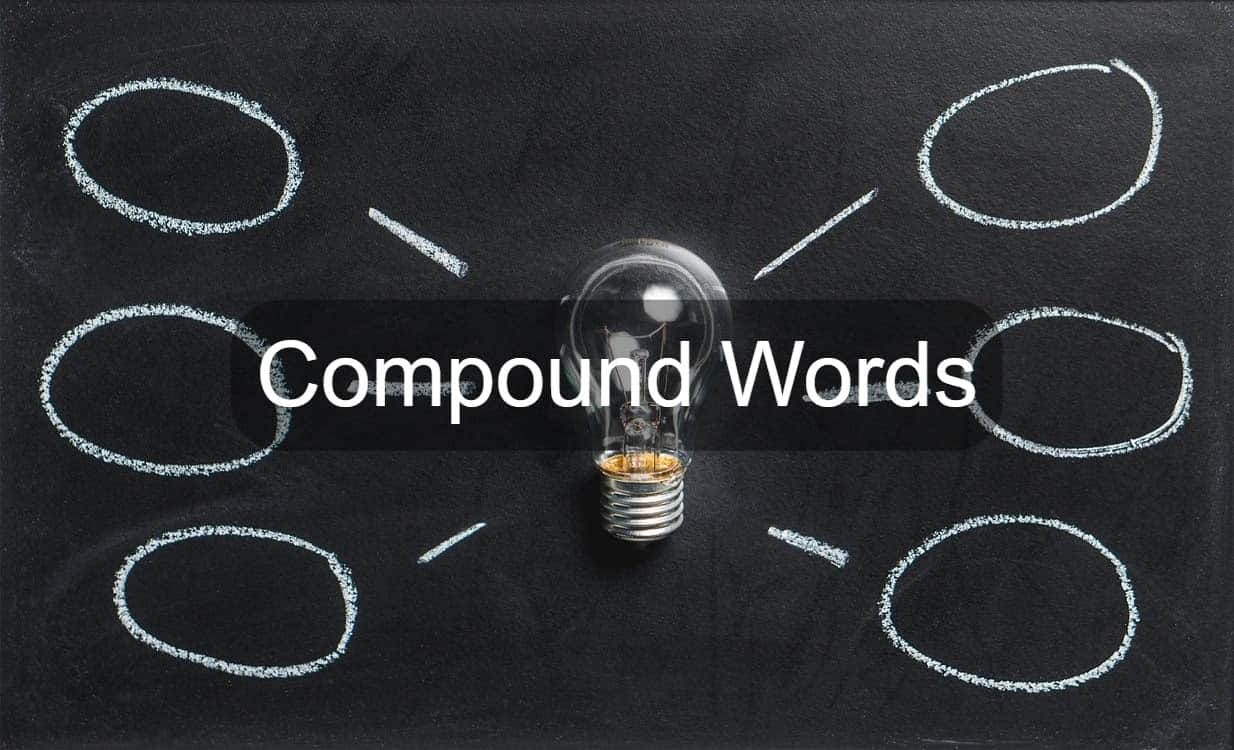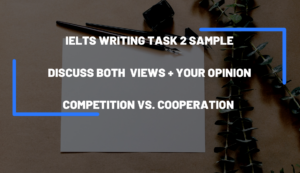Compound words are made up of two or more words joined to make a new word or a word group with a new meaning. Compounds are written in one of three ways: closed (as in whiteboard), open (living room), or hyphenated (family-friendly).
Compound adjectives
Compound adjectives are made up of two or more words to form a single adjective (e.g., part-time, ice-cold, sugar-free, water-resistant, family-friendly, etc.). The use of a hyphen in these cases helps us avoid confusing readers.
Example:
Incorrect: Third party software refers to programs that are developed by companies other than the company that developed the computer’s operating system.
In this sentence, you, as the reader, might think that there is a piece of software called “party software.” You might also think that the writer is referring to the third software, which doesn’t make any sense.
So, here is how we fix it:
Correct: Third-party software refers to programs that…
Now, do you see what the hyphen did there? It glued two words to show you that they are used together and should be considered one word. Since this word has come before a noun and is used as an adjective, we call it a compound adjective.
More examples:
- The waiter brought an ice-cold coffee.
- I bought a water-resistant watch the other day.
Note 1: When a compound adjective comes after a noun, the hyphen is usually dropped.
Examples:
- This coffee is ice cold.
- The watch I bought the other day is water resistant.
Note 2: Some compound adjectives are always hyphenated regardless of their location. Look them up in a dictionary if you are not sure.
Examples:
- Losing her job was a real blow to Kim’s self-esteem.
- This new robot is state-of-the-art.
Note 1.1: When a compound adjective begins with an adverb ending in -ly, there is no need to use a hyphen because dropping the hyphen in such cases won’t cause any confusion.
Examples:
- During two weeks in Spring, several dozen carefully selected films are screened.
- a highly desirable neighborhood
Note 1.2: When the adverb ending in -ly is part of a large compound adjective, you should use a hyphen.
Example:
Their army is made up of not–so–highly–trained soldiers.
Warning 1: Some adjectives or nouns end in -ly too (e.g., family, friendly, deadly, orderly, lovely, lonely, silly,…). You should be careful not to mistake them for adverbs. Like other adjectives and nouns, these words are used with a hyphen when they make compound adjectives.
Examples:
- A family-oriented person
- Deadly–looking animals
Warning 2: Many learners are tempted to use a hyphen to separate proper nouns with two words. Do not hyphenate such words.
Examples:
Incorrect: Meryl Streep is a three-time Emmy-Award winner.
Correct: Meryl Streep is a three-time Emmy Award winner.
Incorrect: Eastern-European cuisine
Correct: Eastern European cuisine
Compound Verbs
There are four types of compound verbs: phrasal verbs, prepositional verbs, verbs with auxiliaries, and compound single-word verbs.
Phrasal Verbs
A phrasal verb is a combination of a verb and a particle (adverb or preposition). Sometimes a phrasal verb has two particles. You cannot guess the meaning of phrasal verbs from their individual words because phrasal verbs are idiomatic.
Examples:
Verb + Preposition: Please turn on the TV.
Verb + Adverb: Susan doesn’t get along with Alex.
Verb + more than one particle: I am looking forward to meeting you.
Prepositional Verbs
Like phrasal verbs, prepositional verbs are followed by a preposition. However, there is a key difference: you can work out the meaning of prepositional verbs from the verbs’ original meaning. In other words, they are not idiomatic.
Examples:
- The tourists were looking at the monument.
- Mary is always worried about her son.
- Everybody laughed at the boss’s joke.
Verbs with Auxiliaries
Auxiliary verbs, otherwise known as helping verbs, are the ones we use with a main verb to express the main verb’s tense, mood, or voice.
Examples:
- I am reading an article.
- I don’t like seafood.
- I have seen the show.
Compound Single-Word Verbs
Sometimes multiple words are glued together (with or without a hyphen) to make a new verb.
Examples:
- Please double-click on the icon.
- Proofread your writing before sending it.
- Some commercials brainwash consumers into buying things they don’t need.
Compound Adverbs
Sometimes an adverb is combined with another word to make a new adverb. This new compound adverb is sometimes written as one word (e.g., therefore), sometimes as one hyphenated word (in-house), and sometimes as two words (early on).
Examples:
- This car is bigger and therefore more comfortable.
- Our product design is done in-house.
- We encountered problems early on in the project.
Compound Nouns
A compound noun is a combination of two or more words. Like other compound words, these nouns can be closed (as in whiteboard), open (hot dog), or hyphenated (mother-in-law). As you can see, the meaning of the new word is different from its parts.
Examples:
- Please erase everything on the whiteboard.
- I only had a hot dog for lunch.
- We had a huge cake for my mother-in-law‘s birthday.
Plural form of compound nouns
In general, the plural of a compound noun is formed by adding ‘s’ to the base word (most significant word). You can usually identify the base word, aka head of the compound, from the meaning of the compound word by asking this question: “Which word has the most influence on the meaning of the compound noun?”
Examples:
| Singular | Meaning | Head of the compound | Plural |
|---|---|---|---|
| father-in-law | the father of your husband or wife | father | fathers-in-law |
| baseball | the ball used in baseball | ball | baseballs |
| bus stop | a place where buses stop for people to get on and off | stop | bus stops |
| water bottle | a container that is used to hold water | bottle | water bottles |
| businessman | a man who works in business | man | businessmen |
Note: Closed compound nouns are usually pluralized by forming the plural of the last word.
Examples: Businesswomen, bookshelves, etc.
Question: Not all compound nouns are formed with only nouns. For example, “go-between” is a compound noun made up of a verb and a preposition, or “passer-by” is made up of a noun and a preposition. How do we pluralize such nouns?
Answer: Here are the rules:
- When a noun is hyphenated with a preposition, add ‘s’ to the noun.
Examples: passers-by, in-baskets, etc.
- When a compound noun ends in “ful,” add ‘s’ to the ending.
Examples: spoonfuls, handfuls, etc
- When none of the words is a noun, add ‘s’ to the last word.
Examples: go-betweens, grown-ups, good-for-nothings, etc
The possessive form of compound nouns
The possessive form of a compound noun is made by adding apostrophe + s to the end of the word.
Examples:
- My brother-in-law‘s car needs fixing.
- The businesswoman‘s bank account was temporarily frozen due to some irregularities.
Follow us on YouTube for more tips and resources.







